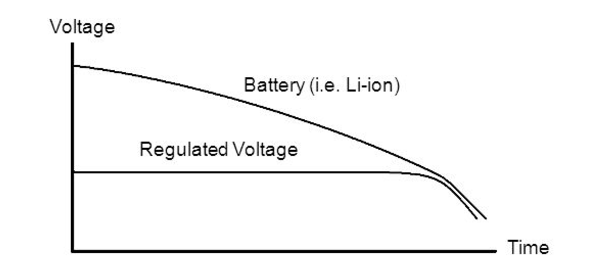All electronics projects need power. Power can come from either stored energy in a battery, or directly from mains AC voltage or DC power from renewable sources such as solar energy. Power Management ICs (PMICs) help manage the power requirements in a system including scaling voltages, battery charging, and DC-DC conversion. Choosing the right PMIC can make a difference in whether the final product becomes successful or not. An integral part of any PMIC solution is a voltage regulator. Voltage regulators provide a constant output voltage from a higher or lower input voltage. In this blog, let’s look at the variety of voltage regulators, how to choose them, and how Octopart data can help you make the decision to choose the right voltage regulator for your project. This is a follow-up on our series of blogs on how to select a capacitor, resistor, inductor, connector, IC packages and MCUs.
Voltage Regulators
Voltage regulators provide a stable DC voltage during operation of a system. Voltage regulators can receive power from either mains AC voltage from wall outlets or from batteries in electronic devices. Batteries discharge almost linearly with time and voltage regulators are needed to maintain stable power supply for electronic systems. This can be seen below:
Batteries discharge with time — voltage regulation is required
In addition to powering circuits, a precise DC voltage is often used as a reference to which voltage signals are compared to make decisions. If this reference voltage is not very stable and fluctuates a lot, it affects the decision making of a system. NOTE: Input voltage and supply voltage are sometimes used interchangeably, as voltage regulators use supply voltage as their input.
Let’s dive into some of the most common parameters that are used to choose a voltage regulator. We’ll take Texas Instruments’ TPS76733 as an example to learn about the parameters that drive the decision to choose a particular regulator.
IMPORTANT PARAMETERS:
- Output voltage: Output voltage is the constant voltage that you expect the voltage regulator to regulate voltage at. A regulator takes a noisy input and regulates it to a particular voltage, for example, 3.3V.
- Accuracy: Accuracy refers to how much the output voltage changes across temperature and load current.
- Load current: Load current refers to the maximum output current expected from the voltage regulator by the load system.
Read more: How to Select a Voltage Regulator


